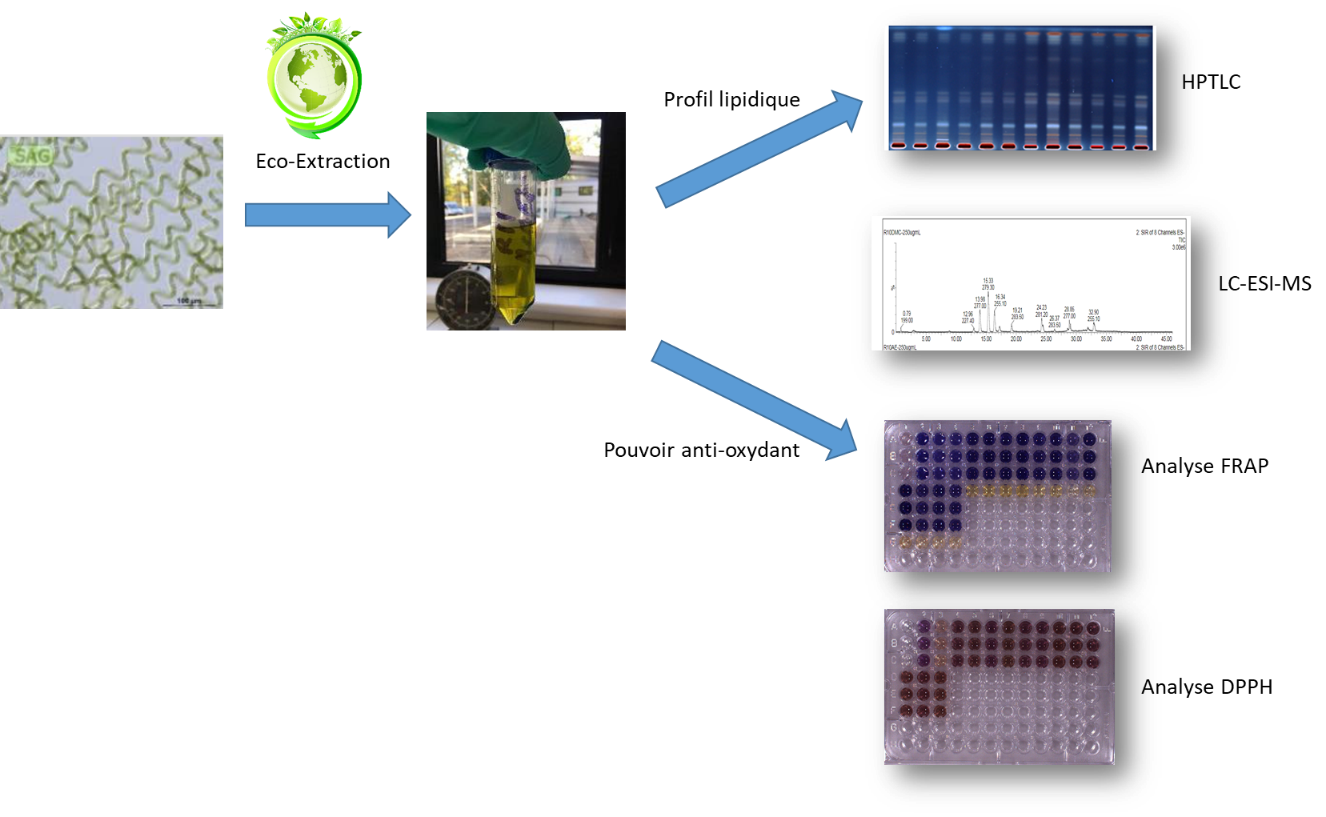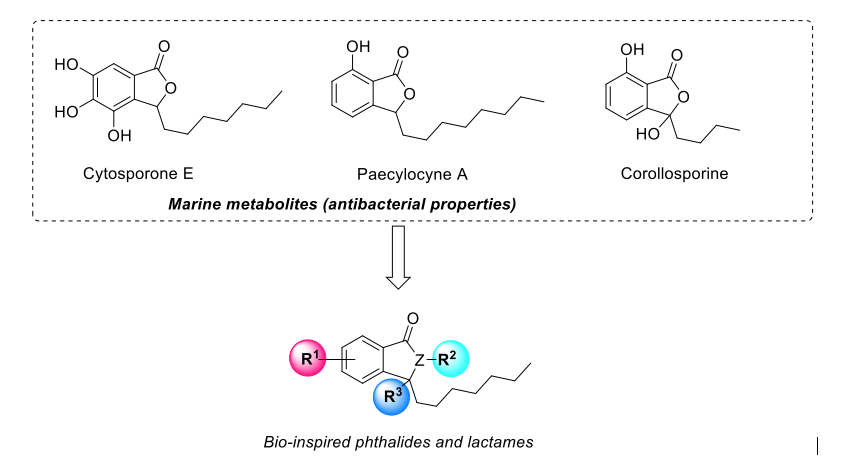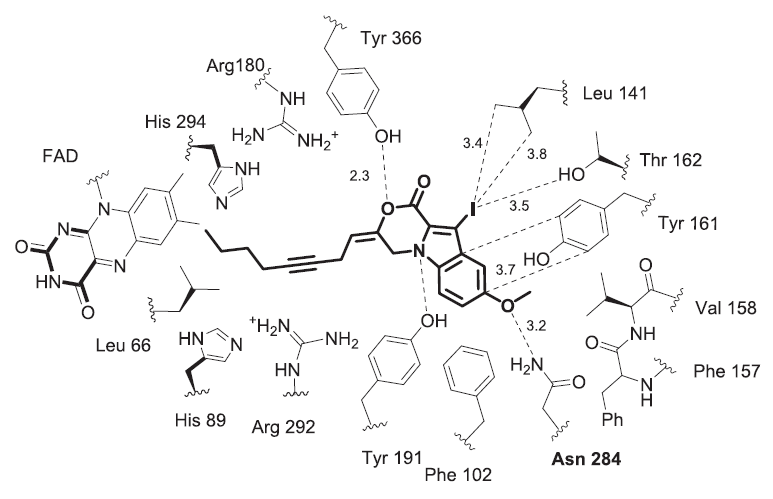Anti-infectious
Fights refractory fungal infections
A rapidly developing theme within the laboratory is the search for solutions to treat refractory fungal infections.
Mycetoma
We are working on mycetoma, among other things, in collaboration with the University of Khartoum in Sudan. Mycetomas are chronic, mutilating subcutaneous infections that develop after traumatic inoculation with bacteria (actinomycetoma) or fungus (eumycetoma). The infection is characterized by the formation of painless swellings which can degenerate into bone damage (most often of the foot). These pathologies are endemic to dry tropical regions, and almost exclusively affect the poorest rural populations. In the case of eumycetoma, current antifungal treatments are not very effective (mainly azoles, such as ketoconazole or itraconazole) and require very long periods of treatment (8 to 24 months). In many cases surgery is the only option to get rid of the infection. We are currently looking for new molecules with increased efficiency on the main pathogen: Madurella mycetomatis. The in vitro tests are carried out in the laboratory of Professor Wendy van de Sande (University of Rotterdam).
Skin pathologies
Our team is also interested in the alternative and biomimetic management of skin pathologies through the regulation of the microbiota and the fight against biofilms.
In this project we are particularly interested in microalgal biomasses as sources of metabolites of interest: free fatty acids. Preliminary work on Spirulina platensis led to the development of bio-based solvents for the enrichment of extracts with these metabolites. The enriched extracts obtained showed a high proportion of polyunsaturated fatty acids, the anti-infective power of which is well documented. These extracts showed good activity (80% inhibition at 0.2 mg / mL) of the adhesion of Candida albicans, thus inhibiting the formation of biofilm. The antioxidant power was also evaluated and showed interesting activities.
An approach by NADES is also being developed through funding obtained under the ARD Cosmetosciences.

Fight against antibiotic resistance
We are currently working in collaboration with fellow microbiologists from the Center for the Study of Respiratory Pathologies (INSERM U1100) and the Bacteria and Materno-Fetal Risks team (UMR INRA 1282) in order to develop families of antibiotic molecules by targeting in particular bacterial strains classified by WHO as a priority resistant agent (S. aureus, P. aeruginosa, E. coli).
These molecules are inspired by natural phthalides known for their antibacterial properties:

A new series of 11 paecilocin A analogues was thus prepared (Tetrahedron Lett. 2021, 152888) using a methodology developed in the laboratory:

The biological evaluation on strains of Staphylococcus aureus sensitive and resistant to methicillin made it possible to highlight certain very interesting molecules, with in particular activities 4 to 32 times greater with respect to the resistant strains. This work also provided structure-activity relationship data on this scarcely studied skeleton.
New anti-tuberculosis drugs
A third area of research in the laboratory is aimed at developing new molecules targeting Mycobacterium tuberculosis, the pathogen of tuberculosis, a disease which is still responsible for millions of deaths worldwide today. The appearance of strains resistant to current treatments poses an increasingly worrying problem, in particular with XDR (extensively-drug-resistant) strains which are resistant to almost all currently available treatments.
Several new heterocyclic series have been prepared in the laboratory, in the oxazino-indole series (Bioorg. Med. Chem. 2020, 115579), oxazepino-indole and oxepino-indole.

Some of these molecules show MICs of up to 3.1 µM on M. tuberculosis. This activity could be correlated with an action on UDP-galactose mutase (UGM), an enzyme contributing to the synthesis of the mycobacterial wall.

